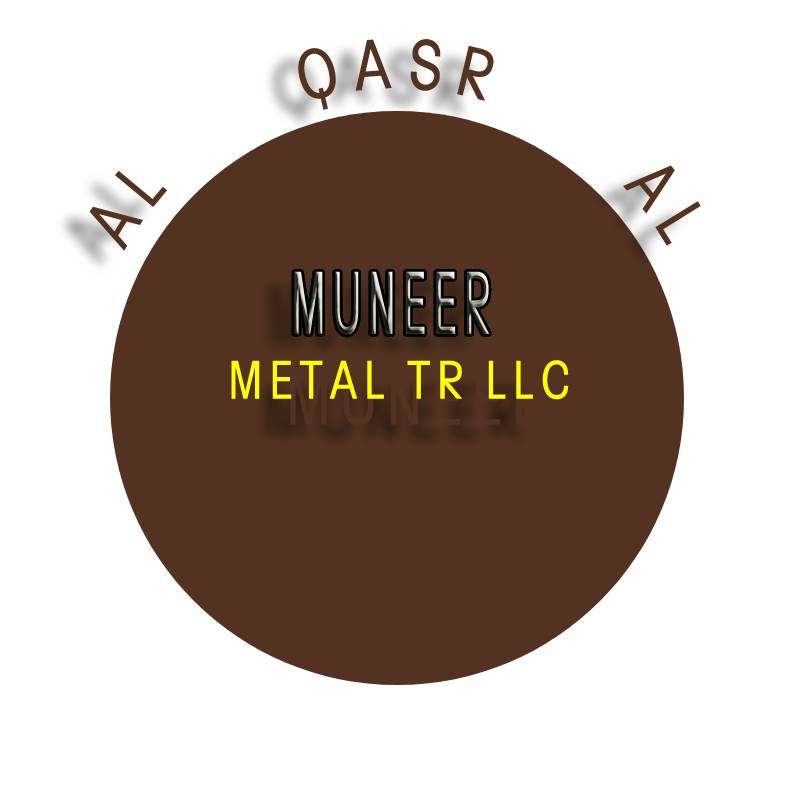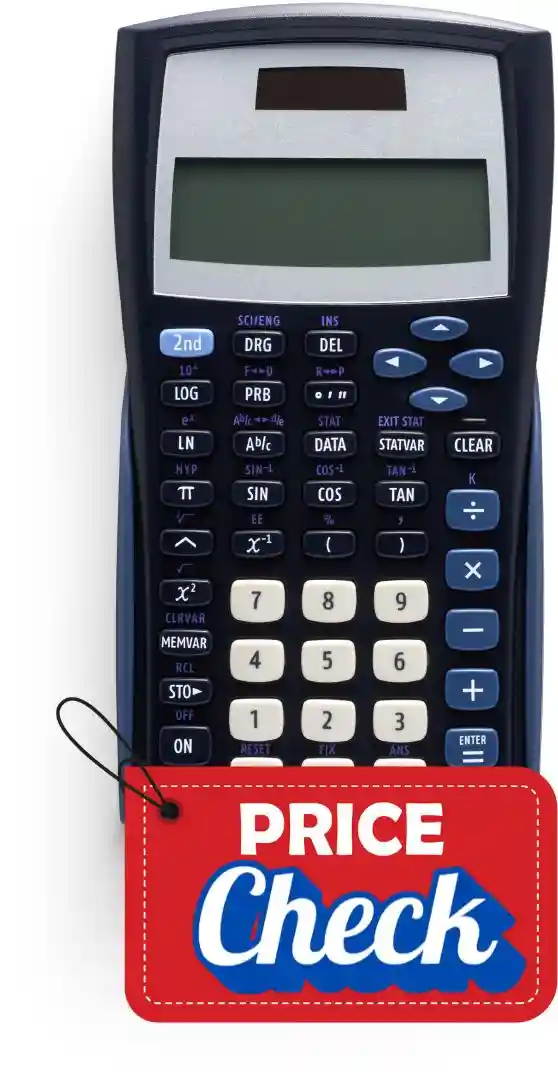Top 3 online Depreciaiton calculator
A Depreciation Calculator for vehicles is a practical tool used to estimate how much an asset’s value decreases each year because of usage, aging, or wear and tear. It helps businesses and individuals understand the real worth of their assets over time.
Depreciation calculator for vehicles is commonly applied to heavy machines, vehicles, and industrial equipment to record their gradual loss in value. Using methods like the Declining Balance, Straight-Line, or Sum-of-the-Years-Digits, this calculator provides clear yearly depreciation and remaining asset value.
The Depreciation Calculator supports better financial planning, equipment replacement scheduling, and accurate record-keeping for long-term business assets.
How is depreciation calculated
Depreciation Calculator
Use this simple depreciation calculator to estimate how much value your asset will lose each year. Enter the asset cost, salvage value, useful life, and method to see yearly depreciation.
How to calculate depreciation
How to Calc Depreciation: Methods and Procedure
Depreciation is the systematic reduction in the recorded cost of a tangible asset over its useful life. It represents how much of an asset’s value has been used up over time. Calculating depreciation helps businesses accurately determine the value of their assets, assess profitability, and plan for replacement.
There are several common formula for rate of depreciation:
Straight-Line Method (SLM):
This is the simplest and most widely used rate of depreciation formula. The cost of the asset is reduced equally over its useful life.
Straight-Line Method (SLM)
This is the simplest and most widely used method. The cost of the asset is reduced equally over its useful life.
Formula:
Depreciation Expense = (Cost of Asset − Residual Value) ÷ Useful Life
Example:
Cost of Asset = $100,000
Residual Value = $10,000
Useful Life = 5 years
Depreciation Expense = (100,000 − 10,000) ÷ 5 = 18,000 per year
2. Reducing Balance Method (Diminishing Balance):
Depreciation is charged on the book value (cost minus accumulated depreciation), resulting in higher depreciation in the earlier years.
Reducing Balance Method (Diminishing Balance)
In this method, depreciation is charged on the book value (cost minus accumulated depreciation), resulting in higher depreciation in the earlier years and lower depreciation in later years.
Formula:
Depreciation Expense = Book Value × Depreciation Rate
Example:
Cost of Asset = $100,000
Depreciation Rate = 20% per year
Year 1: Depreciation = 100,000 × 20% = 20,000
Book Value after Year 1 = 100,000 − 20,000 = 80,000
Year 2: Depreciation = 80,000 × 20% = 16,000
Book Value after Year 2 = 80,000 − 16,000 = 64,000
3. Units of Production Method:
This method is used when the asset’s wear and tear depends on usage rather than time.
Units of Production Method
This method is used when an asset’s wear and tear depend on actual usage or production rather than time. Depreciation varies with the number of units produced or hours used.
Formula:
Depreciation Expense = ((Cost of Asset − Residual Value) ÷ Total Estimated Units) × Units Produced
Example:
Cost of Asset = $100,000
Residual Value = $10,000
Total Estimated Units = 50,000
Units Produced in the First Year = 10,000
Depreciation Expense = ((100,000 − 10,000) ÷ 50,000) × 10,000 = 18,000
Procedure:
- Determine the asset’s cost, residual (salvage) value, and useful life.
- Choose a depreciation method suitable for the asset type.
- Apply the chosen formula annually or periodically.
- Record the depreciation expense in the income statement and reduce the asset’s book value in the balance sheet.
In practice, the choice of method depends on the nature of the asset, business policies, and accounting standards (e.g., IAS 16 or local GAAP).
Bottom line
How to compute depreciation is an essential accounting practice that helps determine the real value of assets over time. Choosing the right depreciation method depends on how an asset is used and how quickly it loses value.
The Straight-Line Method suits assets that wear out evenly, the Reducing Balance Method fits those that lose value faster in early years, and the Units of Production Method works best for assets based on usage. Understanding these methods ensures accurate financial reporting, better asset management, and informed decision-making for future investments and replacements in any business or organization.

